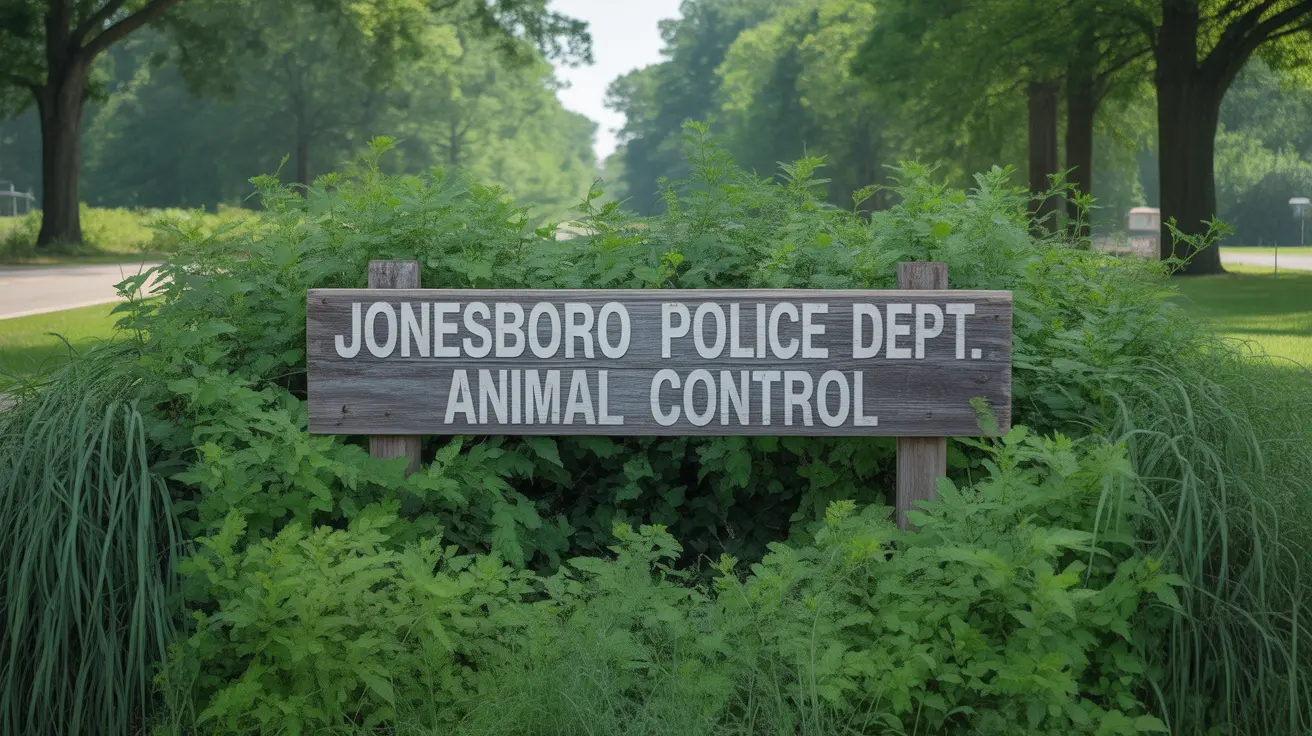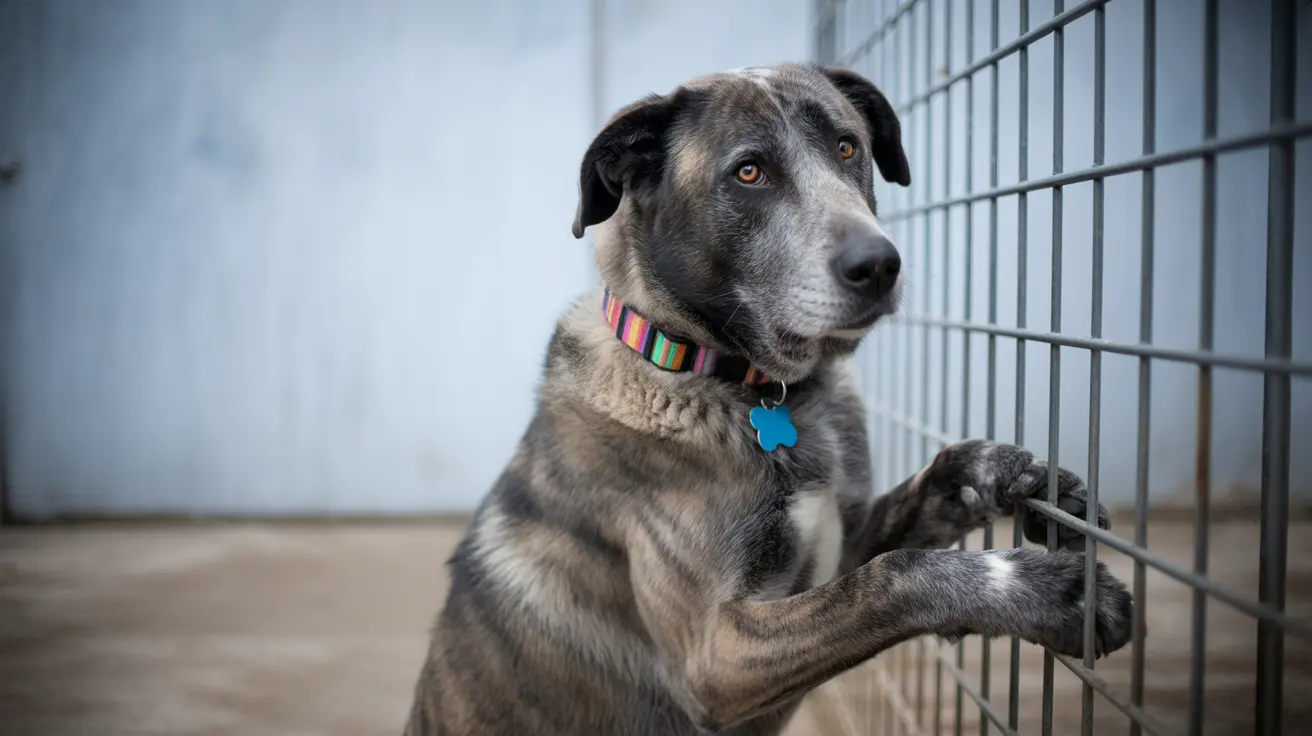The Kuvasz: An Ancient Guardian Breed
The Kuvasz stands out as one of Hungary’s oldest and most respected breeds, celebrated for its unwavering loyalty and formidable presence. This large, white-coated dog has a rich history as a protector of livestock, property, and even royalty. Let’s explore what makes the Kuvasz unique—from its origins and appearance to temperament, care needs, and suitability for modern homes.
Origins and Historical Significance
The Kuvasz traces its roots to the steppes of the Ural Mountains in Siberia. It likely descended from ancient dogs used by nomadic tribes before arriving in Hungary with the Magyar tribes in the late 9th century. Over time, it developed into the breed recognized today—valued not only as a guardian of flocks but also as a companion to kings and nobility. In fact, King Matthias Corvinus of Hungary famously trusted his Kuvaszok (the plural form) more than his royal guards during the 15th century.
World War II nearly wiped out the breed in Hungary; their protective instincts led to many being targeted by invading soldiers. After the war, fewer than 30 remained in Hungary. Thanks to dedicated breeders, the population rebounded. The breed was registered in the United States in 1931, with the Kuvasz Club of America forming in 1966 and gaining American Kennel Club recognition in 1993.
Physical Characteristics
- Size: Males typically weigh 100–115 pounds and stand 28–30 inches at the shoulder; females are slightly smaller at 70–90 pounds and 26–28 inches tall.
- Build: Large, muscular with a rectangular shape, deep chest, strong legs.
- Head & Expression: Elongated wedge-shaped head; dark-brown almond-shaped eyes; V-shaped ears rounded at tips.
- Coat: Dense double coat—always white—can be wavy or straight. Longer on neck/tail; shorter on face/legs/paws. Repels dirt/water and sheds seasonally.
- Pigmentation: Black or slate grey nose, lips, eye rims, paw pads.
- Tail: Long and plume-like.
Temperament: Independent Yet Loyal
The Kuvasz is defined by intelligence, independence, determination, and deep loyalty. With natural guardian instincts, they’re often reserved or cautious around strangers but display affection toward their families—especially children they consider part of their pack. They’re gentle with kids but always alert to potential threats.
This breed excels at problem-solving and can make decisions on its own—a trait valued by shepherds but demanding for inexperienced owners. Calm yet watchful by nature, they’ll become vocal or assertive if they sense danger. Early socialization paired with patient training is essential to foster good manners without stifling their independent spirit. Positive reinforcement works best; harsh or repetitive methods can be counterproductive.
Exercise & Environment Needs
- The Kuvasz is high-energy and thrives on daily physical activity plus mental stimulation.
- A large, securely fenced yard or open property suits them best—they love patrolling boundaries and may escape poorly built fences if motivated.
- Puppies grow rapidly; restrict exercise based on age (about five minutes per month of age until six months old) to avoid injury.
Activities like hiking, long walks, or supervised play help satisfy their need for purpose. Without enough engagement or space, boredom can lead to unwanted behaviors.
Grooming Requirements
- The double coat demands regular brushing (at least weekly), increasing during heavy shedding periods in spring/fall.
- Bathe only occasionally—the coat naturally repels dirt.
Nails should be trimmed monthly unless worn down naturally; teeth require regular brushing for dental health. Check ears frequently since folded ears can trap moisture/debris. Never shave a Kuvasz—their coat insulates against both heat/cold and protects from sunburn/insects.
Health & Nutrition
- Lifespan averages 10–12 years.
The breed is generally healthy but prone to some conditions common among large breeds:
- Hip/elbow dysplasia (hereditary joint disorders)
- Bloat (gastric dilatation-volvulus): feed small meals throughout day; avoid exercise before/after eating
- Autoimmune thyroiditis/hypothyroidism: managed with medication
- PRA (progressive retinal atrophy): inherited eye disease causing gradual blindness
- Patellar luxation: kneecap dislocation
- Certain congenital heart issues (e.g., aortic stenosis)
A high-quality diet tailored to age/size/activity level is vital—large-breed puppy formulas help prevent orthopedic issues early on. Treats should make up no more than ten percent of daily calories; clean water must always be available.
Training & Socialization
- Mature slowly—early socialization with people/animals is crucial.
Puppy training should focus on positive reinforcement with varied sessions to maintain interest. Clear boundaries are necessary; these dogs need confident owners experienced with independent guardian breeds. Insufficient training/socialization can result in overprotectiveness or undesirable behaviors like excessive barking or territorial aggression.
Is the Kuvasz Right for You?
- This breed isn’t ideal for first-time dog owners—it requires dedication to exercise/training/companionship from active individuals or families who understand working breeds’ needs.
The Kuvasz usually gets along well with children in its own family but may accidentally knock over small kids due to size/energy—supervision is recommended. They can coexist peacefully with other pets when raised together but might be territorial toward unfamiliar animals. Apartment living doesn’t suit them—they need space to thrive physically and mentally.
Name Origins & Comparisons
The name “Kuvasz” comes from Turkish/Arabic roots meaning “armed guard” or “archer,” reflecting its original role as protector. While sometimes confused with the Great Pyrenees due to similar size/appearance, only the Kuvasz is always white (Great Pyrenees may have colored markings). The Kuvasz tends toward greater independence and less patience with children compared to its lookalike cousin.
A Legacy Preserved
This breed’s near-extinction after WWII left it with a limited gene pool compared to other dogs—but careful breeding has ensured its survival into modern times.
In summary: The Kuvasz, robust yet sensitive, fiercely loyal yet independent-minded, remains an exceptional guardian when matched with an experienced owner ready for an active partnership built on trust and respect.





